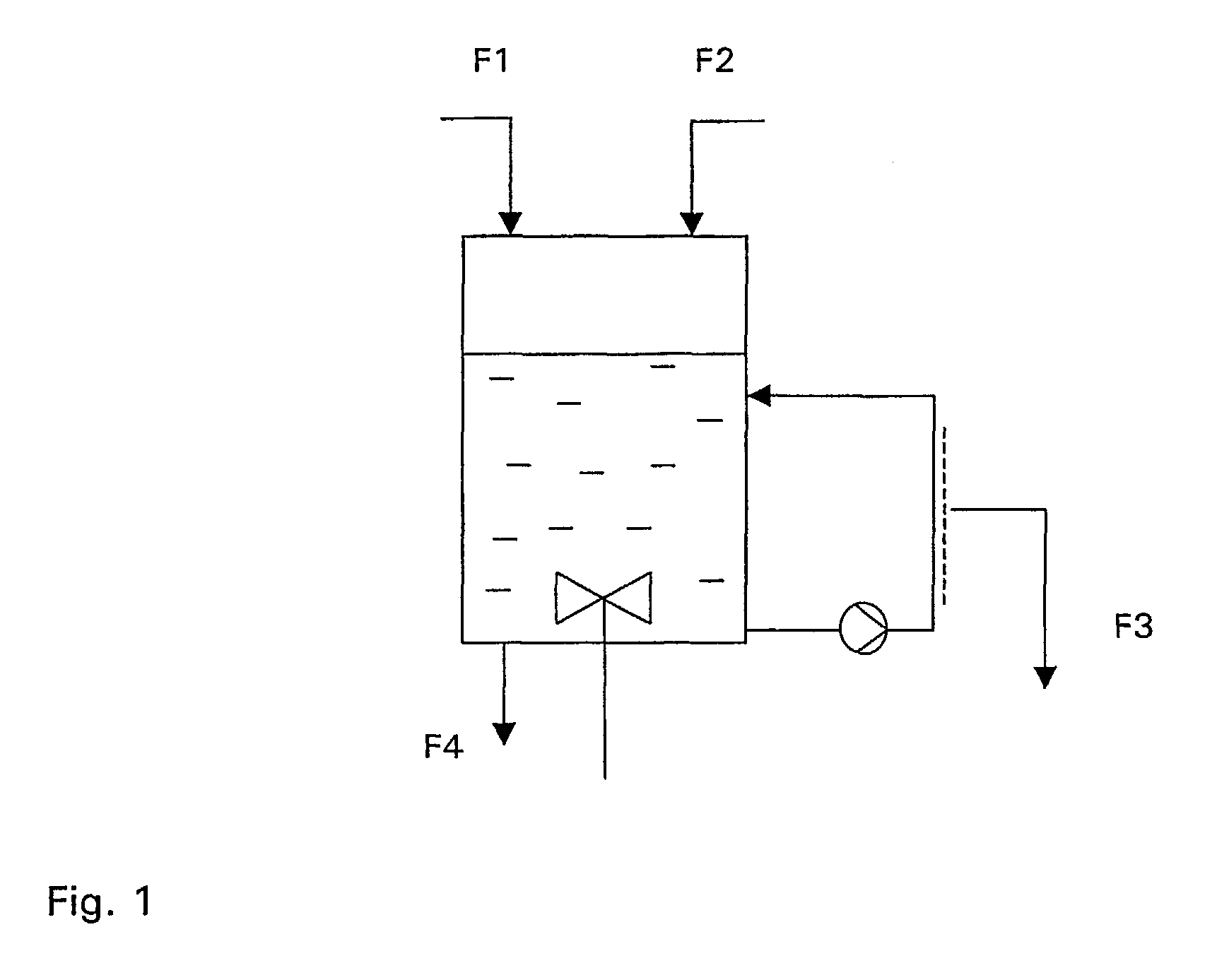Method for the manufacture of recombinant trypsin
a technology of trypsin and recombinant trypsin, which is applied in the field of molecular biology and biotechnology, can solve the problems of affecting the activity of trypsin, affecting the ability of trypsin to be digested, and several fold increasing the trypsin level, and achieves high efficiency
- Summary
- Abstract
- Description
- Claims
- Application Information
AI Technical Summary
Benefits of technology
Problems solved by technology
Method used
Image
Examples
example 1
Expression of Human Trypsinogen 1 in the Yeast Pichia pastoris
[0058]The gene for human trypsinogen 1 (Gene 41, 305-310, 1986; Swissprot locus TRY1_HUMAN, accession no. P07477; for the sequence see Table 1) was inserted into the vector pPICZαB (Invitrogen), which was previously digested with Sfil.
[0059]
TABLE 1Nucleotide sequence of the human trypsinogen 1gene beginning at the propeptide sequence(SEQ ID NO 1)GCCCCCTTTGATGATGATGACAAGATCGTTGGGGGCTACAACTGTGAGGAGAATTCTGTCCCCTACCAGGTGTCCCTGAATTCTGGCTACCACTTCTGTGGTGGCTCCCTCATCAACGAACAGTGGGTGGTATCAGCAGGCCACTGCTACAAGTCCCGCATCCAGGTGAGACTGGGAGAGCACAACATCGAAGTCCTGGAGGGGAATGAGCAGTTCATCAATGCAGCCAAGATCATCCGCCACCCCCAATACGACAGGAAGACTCTGAACAATGACATCATGTTAATCAAGCTCTCCTCACGTGCAGTAATCAACGCCCGCGTGTCCACCATCTCTCTGCCCACCGCCCCTCCAGCCACTGGCACGAAGTGCCTCATCTCTGGCTGGGGCAACACTGCGAGCTCTGGCGCCGACTACCCAGACGAGCTGCAGTGCCTGGATGCTCCTGTGCTGAGCCAGGCTAAGTGTGAAGCCTCCTACCCTGGAAAGATTACCAGCAACATGTTCTGTGTGGGCTTCCTTGAGGGAGGCAAGGATTCATGTCAGGGTGATTCTGGTGGCCCTGTGGTCTGCAATGGACAGCTCC...
example 2
Expression of Human Trypsinogen 1 in Escherichia coli
[0067]The expression vector pET3a (Studier et al. 1990) was digested either with NdeI and BamHl or with BamHI alone, and the human trypsinogen 1 gene was inserted. The corresponding restriction sites were attached by PCR (primer sequences see Table 4). The recombinant plasmid was transferred into E. coli K12 HMS174(DE3) by electroporation. Positive clones were selected by growth on ampicillin plates.
[0068]Unexpectedly, insertion of the gene for human trypsinogen 1 into the expression vector right after the start codon did not result in a measurable expression of the desired protein. Only after insertion of an oligonucleotide between the start codon and the trypsinogen gene high expression of trypsinogen was successfully achieved. Best results were obtained when using an oligonucleotide coding for several, preferably at least 10, amino acids, of a protein that is known to be highly expressed in a bacterial host, and particularly,...
example 3
Refolding of Human Trypsinogen 1
[0072]After cell lysis (as described in Example 2), the insoluble fraction was centrifuged and washed two times in 3-4 M urea. Then the pellet was resuspended in denaturing solution (9 M urea; 100 mM TrisCl pH 8.6; 1 mM EDTA, 10 mM DTE) and incubated for 2.5 hours at 37° C. To remove DTE, the buffer of the supernatant was changed by ultrafiltration under nitrogen with washing buffer (8 M urea; 100 mM TrisCl pH 8.6; 1 mM EDTA). Then an equal volume of 200 mM oxidized glutathione in 8 M urea was added and the mixture incubated for 3 hours. Then the buffer was changed again with washing buffer.
[0073]For renaturation, a reactor unit as described hereinbefore was filled with refolding buffer (50 mM TrisCl pH 8.6; 50 mM CaCl2 and a redox pair (e.g. cystein / cystin; reduced / oxidized glutathione), and refolding buffer was fed at a rate of 0.85 h−1. At the same rate filtrate was withdrawn via the diafiltration circuit. Denatured protein was fed at a rate of 0.0...
PUM
| Property | Measurement | Unit |
|---|---|---|
| pH | aaaaa | aaaaa |
| concentration | aaaaa | aaaaa |
| concentration | aaaaa | aaaaa |
Abstract
Description
Claims
Application Information
 Login to View More
Login to View More - R&D
- Intellectual Property
- Life Sciences
- Materials
- Tech Scout
- Unparalleled Data Quality
- Higher Quality Content
- 60% Fewer Hallucinations
Browse by: Latest US Patents, China's latest patents, Technical Efficacy Thesaurus, Application Domain, Technology Topic, Popular Technical Reports.
© 2025 PatSnap. All rights reserved.Legal|Privacy policy|Modern Slavery Act Transparency Statement|Sitemap|About US| Contact US: help@patsnap.com

